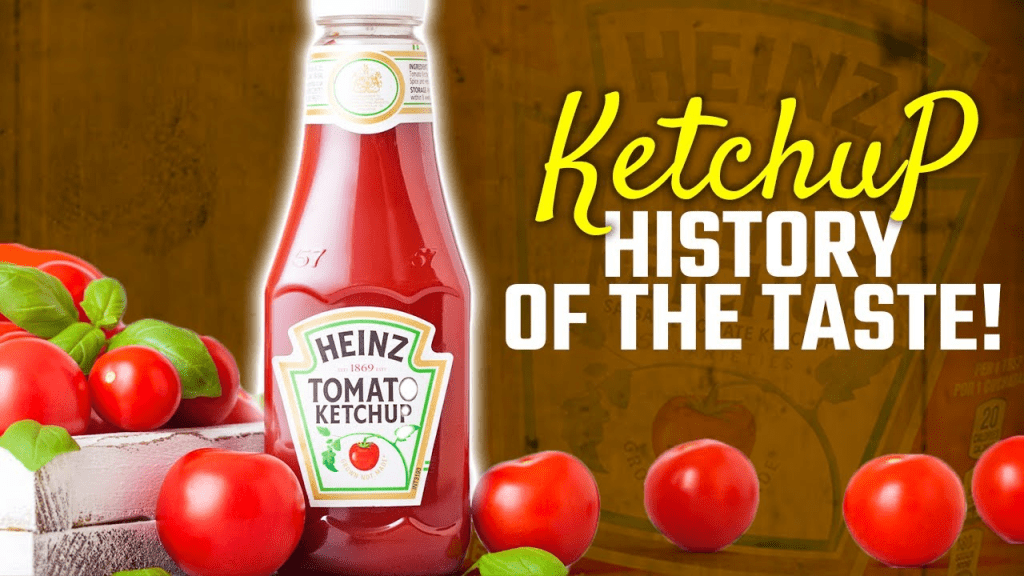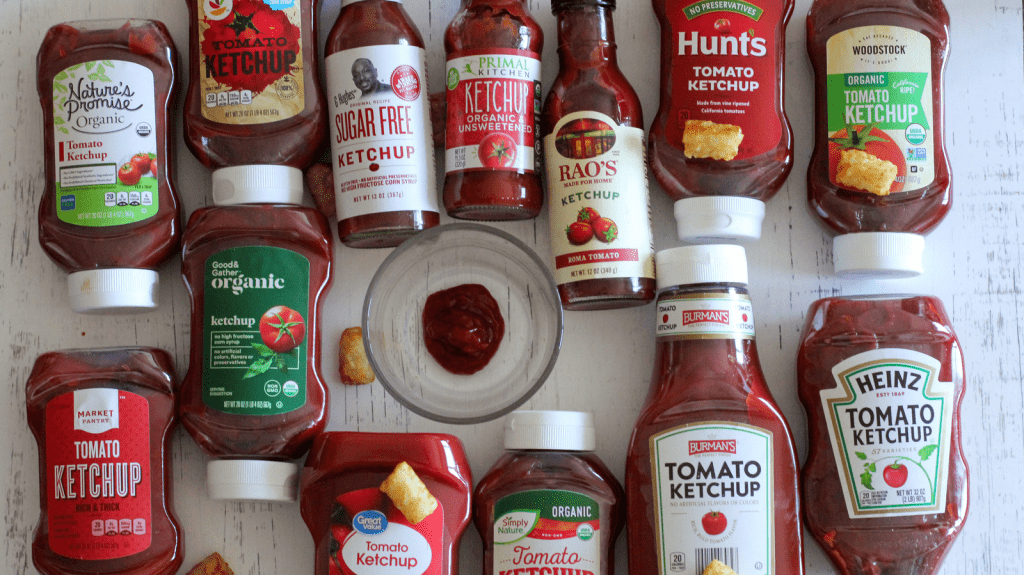Ketchup is a staple in almost every American household. Whether you’re dipping fries, slathering burgers, or jazzing up a meatloaf, ketchup is the go-to condiment for millions. But did you know this sweet and tangy tomato sauce wasn’t always made from tomatoes or even sweet at all? The true origin story of ketchup is as fascinating as it is unexpected, stretching back to 16th-century Asia and transforming dramatically over the centuries.

A Fishy Beginning: The Birth of Ketchup in Ancient China
Long before the red squeeze bottles filled grocery store shelves, ketchup began its journey in Southeast Asia specifically in 16th-century China. The earliest version was a fermented fish sauce called “ke-tsiap” in the Hokkien dialect. This sauce wasn’t meant to be eaten on its own. Instead, it was used as a flavoring agent, much like soy sauce or Worcestershire sauce is today.

Ke-tsiap was made by fermenting anchovies or other small fish with salt and spices in clay jars. The result was a dark, rich, savory liquid that packed an umami punch. It was highly prized as a seasoning and quickly spread across Southeast Asia and into the kitchens of European traders who were fascinated by its complex taste.
Video:
Ketchup: A History
How the British Transformed It
By the 17th and 18th centuries, British sailors and merchants had brought ke-tsiap back to Europe. However, they didn’t have the exact ingredients needed to recreate the sauce. Instead, they experimented with local substitutes. Mushrooms, walnuts, and even oysters were used in various ketchup recipes.
These early Western versions were far from the sweet tomato ketchup we know today. They were savory, spicy, and often fermented. British households developed their own recipes, and “ketchup” became an umbrella term for various types of seasoned sauces.

Tomatoes Enter the Picture
Tomatoes didn’t become part of the ketchup story until the early 19th century in America. At that time, tomatoes were still viewed with suspicion by some who believed they were poisonous. But once people realized tomatoes were not only safe but delicious, cooks began incorporating them into all sorts of dishes ketchup included.
Recipes began appearing for tomato-based ketchup around the 1810s. These versions were still homemade and varied greatly from one cook to another. They were often spicier and less sweet than what we’re used to today.

Heinz and the Birth of Modern Ketchup
The real game-changer came in 1876, when Henry J. Heinz introduced his version of ketchup to the American market. Unlike homemade or inconsistent commercial ketchups at the time, Heinz’s recipe was standardized, shelf-stable, and most importantly sweet.
Video:
One of the world’s oldest condiments – Dan Kwartler
Heinz ketchup used ripe tomatoes, vinegar, sugar, salt, and a carefully chosen blend of spices. The addition of sugar balanced the acidity of the tomatoes and vinegar, creating that familiar tangy-sweet profile we all recognize. The thick texture, brilliant red color, and bold flavor were an instant hit.
Heinz’s secret wasn’t just in the recipe it was also in the production method. Heinz used glass bottles to showcase the purity of his product and built consumer trust through transparency (literally). He also emphasized cleanliness and food safety at a time when many processed foods were suspect.
Ketchup’s Rise as an American Icon
By the early 20th century, ketchup had solidified its place as a beloved American condiment. It was found in diners, lunch counters, and eventually fast-food chains. The explosion of hamburgers and French fries only accelerated its popularity.
Over time, Heinz became almost synonymous with ketchup. Today, the company dominates the U.S. market, accounting for over 60% of all ketchup sold.
Ketchup’s global reach expanded, too. Despite its transformation in the West, many Asian cuisines still use variations of the original fermented fish sauce proof of ketchup’s evolving identity across cultures.

Conclusion: A Saucy Evolution
It’s easy to think of ketchup as a simple, straightforward product. But its history is anything but bland. From 16th-century Chinese fish sauce to the sweet tomato staple pioneered by Heinz, ketchup’s journey is a reflection of cultural exchange, culinary innovation, and the enduring power of a good sauce.
Next time you reach for that bottle at a backyard BBQ or diner counter, remember you’re not just adding flavor to your food. You’re adding a splash of history, centuries in the making.



